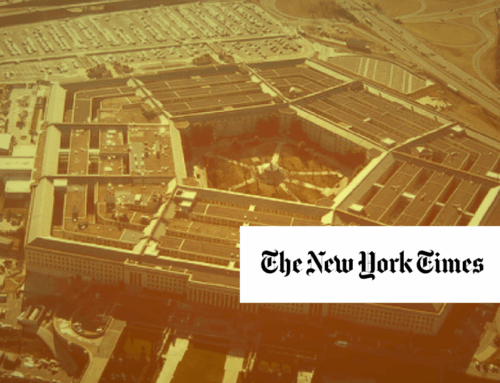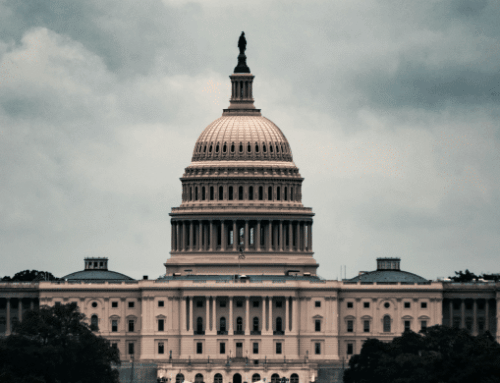At TCS, we read the budget materials — not just the summaries and the press releases that tell you what the budget writers want you to know—but the actual documents that tell you the larger story of what they actually want to do with the money.
Late last week, Pentagon documents came to light revealing the attempts of each military service to get some extra goodies in their FY18 budget. Unlike most federal departments, the Pentagon almost always gets a second bite at the budget apple.
Between the budget submission and appropriations hearings getting into full swing, each service submits their “Unfunded Priority List” (UPL). Careful readers will note we said “almost always” in the last paragraph. That’s because former Secretary of Defense Robert Gates put the kibosh on the practice of the service military chiefs presenting these UPLs. But, alas, they made a quick comeback after Secretary Gates, like Elvis, left “the Building”. (If you’ve ever worked in or around the Pentagon, or know someone who does, you’ll note that the Pentagon is often simply referred to as “the Building,” as if it was the only building in the world.)
These lists are full of items that didn’t make it into the budget, but nudge-nudge, wink-wink, the service really needs anyway if lawmakers can find some spare change in the couch cushions. This is a menu of items that lawmakers can add to the budget (even cutting other stuff to accommodate the new “priorities”), and still claim they are making the addition with administration support. The recently-released UPL the Air Force sent to Capitol Hill includes close to $11 billion in programs the Air Force believes were slighted in the massive Fiscal Year 2018 President’s Budget Request.
Buried in the 22 page list printed in teensy-tiny typeface, is this gem:
“Adds Procurement Funds in FY18 to purchase 3 additional C-37B to fill some of the supply gap created by divesting 5 x C-20s.”
Those procurement funds come to $191.3 million and when you add in some Operations and Maintenance funding to actually operate the aircraft, the Air Force proposes spending an additional $204.4 million.
In military parlance “C” aircraft are for cargo. But C-37 and C-20 carry a special kind of cargo. According to the Air Force, these planes are “acquired to fill the airlift mission for high-ranking government and Department of Defense officials” and they can accommodate 12 passengers and five crew members. They are manufactured by Gulfstream and fly out of Joint Base Andrews, conveniently close to both the Pentagon and…Capitol Hill.
The C-20 equates to the Gulfstream III, which is apparently no longer manufactured. But the Gulfstream website still has information on a roughly comparable G-280. By the way, you can pick up a used Gulfstream III by perusing the internet. No prices are available but perhaps the Air Force could defray the costs of the new C-37Bs by selling their current inventory on the secondary market. Just a thought! Do you suppose Gulfstream has a trade-in program like when the rest of us buy a new car? We’re always looking for ways to reduce costs.
The C-37B is so new the Air Force website doesn’t even have a page for it. The closest we could find was this information on the C-37A. But since this is one of the newer Gulfstream executive jets, you can find plenty about it at the corporate website.
Chances are good the Air Force’s “unfunded priority” for this executive jet will be met by the Congress agreeing to increase the budget to include these aircraft. Why? Because it isn’t just high-ranking Pentagon personnel who fly on these special executive jets. Congressional junkets, ahem, fact-finding missions are also able to use these jets, assuming the Members of Congress are senior enough.
Think of that the next time you’re sitting in the “departure lounge” waiting for your row to be called for boarding. ◻










